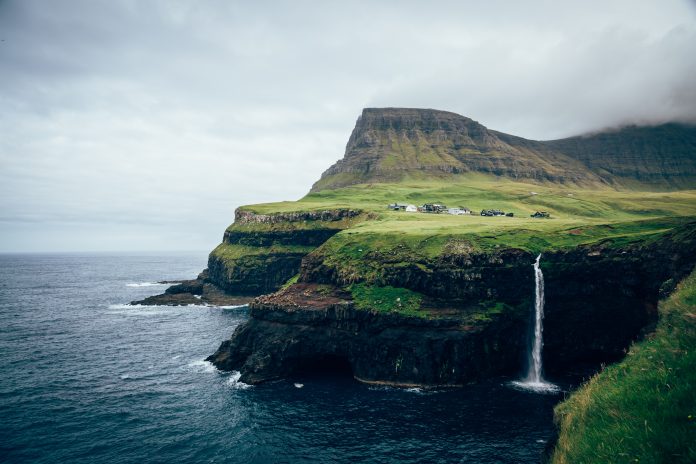Visit Faroe Islands, the tiny destination marketing organization that Guri Højgaard leads, was considering a new campaign that would — counterintuitively — urge most tourists not to come to the North Atlantic archipelago, at least for one weekend. Instead, the country is inviting 100 volunteers to come work with residents on local improvement projects on April 26 and 27.
“Imagine if no media thought that this was a fun story, or nobody applied,” she said.
Join the 250,000 travel executives that already read our daily newsletter. Sign up below.
Thank you
Nederst på formularen
She needn’t have worried. By Thursday afternoon, just a day after the message went out, the story had received widespread coverage and more than 1,000 applications had poured in.
“There are way too many,” Højgaard said, delighted.
Volunteers have to pay for their flight — a special rate has been arranged — and will be given food and a place to stay. The first 100 who book tickets will be welcome, but staffers are trying to find out if they can accommodate more even as Faroe Islands residents chime in to ask if they too might be able to take advantage of the extra workers. More information is online at www.preservefaroeislands.com
Though the official word from Prime Minister Aksel Johannesen is that the Faroe Islands will be “closed for maintenance, open for voluntourism,” essentially what will be closed are eight to 10 popular sites and attractions. Visitors will pitch in to put up signs, install steps, build paths, or add fences where needed.
“It’s hard work, but we’ll also try to give them a memorable weekend and we’ll end with a great party,” Højgaard said.
She said the idea came about as her job evolved to include destination management as well as tourism marketing. While the Faroe Islands has not been overwhelmed with tourists, the number of visitors has increased 10 percent in recent years, reaching an estimated 110,000 in 2018. That’s for a country with a population of just over 50,000 residents (and 80,000 sheep).
“We could see that more tourists affect nature, which is very vulnerable here,” Højgaard said. “We could see that the paths were getting in bad condition because too many people had been walking there.”
Hoping to stave off overtourism woes that have plagued other destinations, Visit Faroe Islands made preservation a priority, vowing to keep its “Unspoiled, Unexplored, Unbelievable” motto a reality into the future.
“This is the first project in that strategy really where we are trying to improve conditions for the locals,” Højgaard said. The destination worked with creative agencies in Denmark and the Faroe Islands on the campaign.
Situated between Iceland and Norway, the 18-island destination is no stranger to offbeat marketing campaigns. As a self-governing nation within the Kingdom of Denmark, the remote islands are not widely known, and Højgaard wanted to embrace what made the destination unique when she started to build the tourist board.
In 2016, the Faroe Islands famously launched “Sheep View” — exactly what it sounds like — after attempts to get Google Street View to map the area had failed. (Street View eventually arrived, with many puns attached to the announcement.)
Another initiative created a tongue-in-cheek translation site to learn phrases in Faroese, which was again left out by Google’s services.
Since the latest effort went public, Højgaard said she has heard from other tourism professionals around the world who have been inspired by the idea. And she also has a lengthy waiting list for next year, if the campaign gets a repeat.
For a small staff — five who work on marketing and another two on the development side — the experience has been “wild,” Højgaard said.
“We’re just trying to do our best and put the islands on the world map,” she said.


























